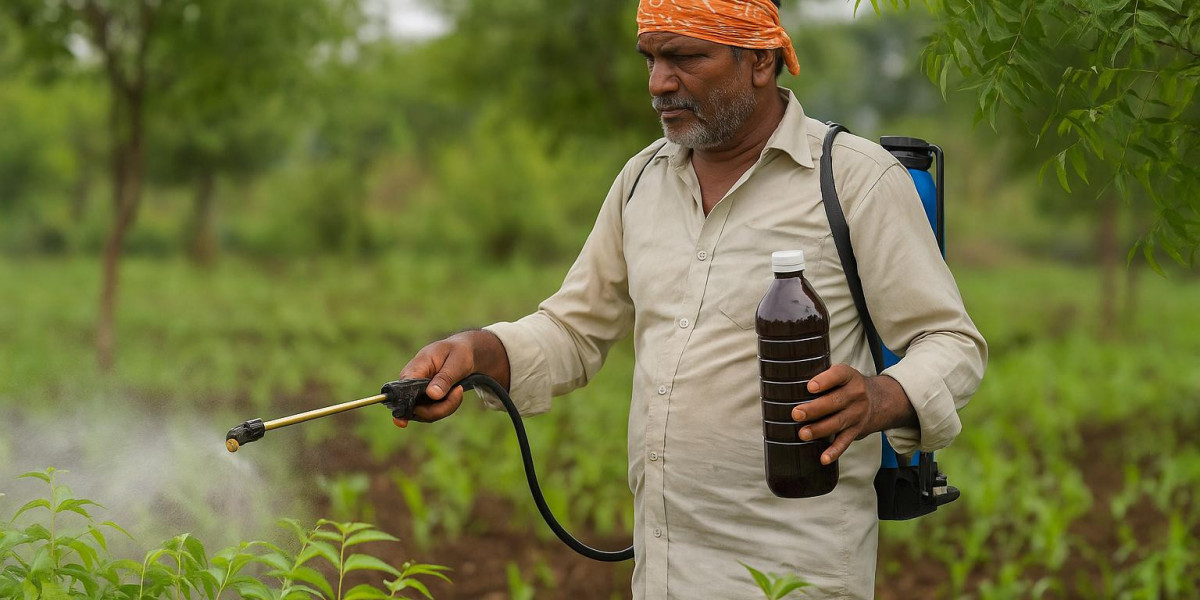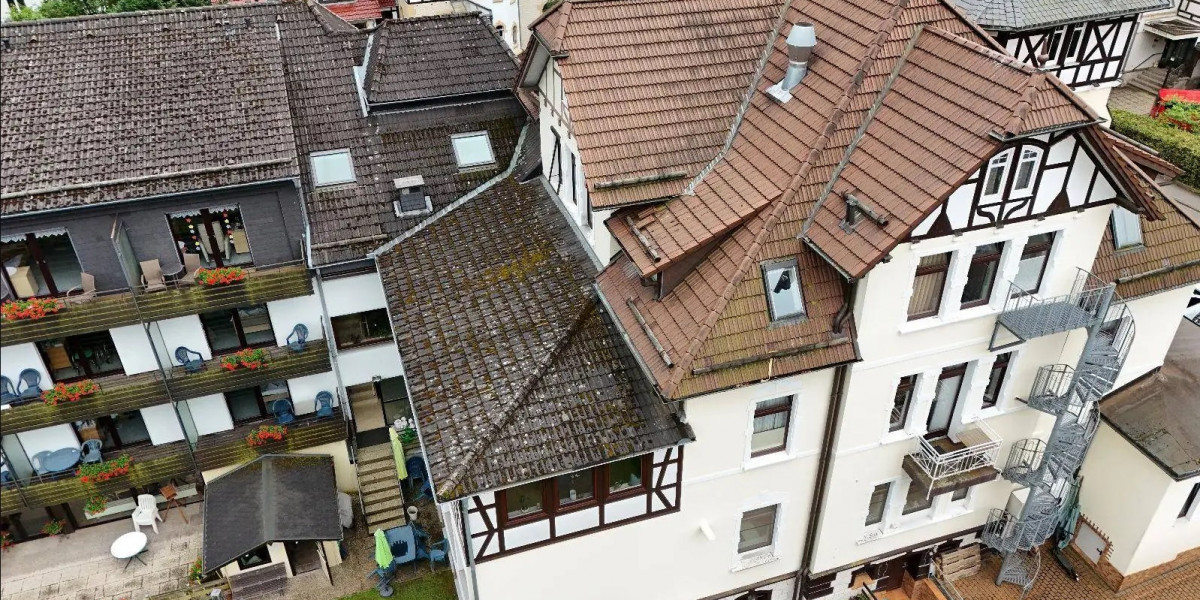Why Is Drip Irrigation Called a “Low-Tech” Method?
Drip irrigation earns the “low-tech” label because it relies on basic, mechanical principles:
Gravity or low-pressure pumps move water
Tubes and emitters guide water to plant roots
It requires no electricity, minimal tools, and very little infrastructure. Compared to sensor-heavy hydroponic systems or precision agriculture drones, drip kits can be installed with a knife and a garden hose. They scale easily, whether it's 10 pots or 10 hectares.
That simplicity allows for fast adoption in areas with low digital penetration or inconsistent electricity. Farmers in Odisha, rooftop gardeners in Surat, and permaculture designers in Kerala have all embraced this no-fuss approach.
The High-Stakes Problem: Water Scarcity and Crop Failure
According to the Central Ground Water Board, India loses 60% of its irrigation water through evaporation and runoff. Globally, agriculture uses 70% of freshwater resources, yet water access continues to decline, especially in semi-arid zones like Marathwada and Bundelkhand.
Rain-fed crops are at risk from irregular monsoons
Groundwater depletion affects borewell-based irrigation
The Food and Agriculture Organisation (FAO) warns that food production must rise by 60% by 2050 to meet global demand. However, increasing water use is not an option. This is where drip irrigation delivers.
How Does Drip Irrigation Solve Multiple Problems Simultaneously?
Drip irrigation offers a systems-level benefit:
Reduces water use by 30–70%
Boosts crop yields by 20–40%
Prevents fertilizer runoff and soil degradation
Each plant receives water directly at the root, reducing evaporation and guaranteeing that every drop matters. Plants receiving water steadily and uniformly avoid waterlogging and drought stress.
This technique further enhances organic and regenerative farming by maintaining microbial life and facilitating the use of compost teas and liquid bio-fertilizers through fertigation.
Accessibility: Why Drip Irrigation Is Ideal for Marginalized Farmers
One of the biggest barriers to sustainable farming is affordability. Drip irrigation kits start at under ₹1,000, breaking that barrier.
Government programs such as the Pradhan Mantri Krishi Sinchayee Yojana (PMKSY) offer subsidies for micro-irrigation equipment, making it even more accessible. Farmers in Tamil Nadu and Maharashtra have used these schemes to irrigate chili, onion, and banana crops with high success rates.
When designing your setup, you can buy drip irrigation accessories that fit your garden layout, whether planting on soil, grow bags, or concrete terraces. Flexible connectors, inline drippers, and pressure regulators give complete control over customization.
How It Works at the Ground Level
Drip systems follow a simple chain:
Water source (tap, tank, borewell)
Filter or regulator (to control impurities and pressure)
Mainline and lateral pipes (to carry water)
Emitters or drippers (to release water slowly at each plant)
A timer can automate the flow. Or, in ultra-basic systems, a bucket with a hole at the base functions as a gravity-fed setup.
In rooftop gardens, water tanks combined with emitters reduce the daily watering burden by 80%. In field applications, zone-wise control lets farmers irrigate selectively, even during restricted supply hours.
Effects on Plant Health and Soil Quality
Plants perform best with consistent moisture. Drip irrigation offers:
Stronger root development
Lower disease risk (no wet leaves or stagnant water)
Better nutrient uptake
Soil structure also improves. Unlike overhead irrigation that compacts topsoil or causes runoff, drip systems preserve porosity and aeration. This supports earthworm activity, organic decomposition, and natural nutrient cycling.
Leafy vegetables like spinach and coriander show denser, uniform growth under drip. Fruit-bearing plants like brinjal, capsicum, and bitter gourd produce more when stress is minimized.
"We are not running out of water. We are mismanaging it, drop by drop." – Vandana Shiva
What Role Does Drip Irrigation Play in Climate Resilience?
Adaptive practices are more necessary when the climate is unpredictable. In unpredictable weather, drip systems aid in yield stabilisation.
Slow-release irrigation enables crops to withstand protracted dry spells in areas affected by drought. It lessens fungal infections and standing water in areas with heavy rains. When drip and mulch are combined, the soil is protected from heat waves and keeps wet during dry spells.
Drip irrigation is also accommodated in carbon farming models. It enhances soil organic matter and boosts carbon capture by encouraging healthy biomass and root depth.
Drip vs Traditional Irrigation: A Quantified Comparison
Factor | Drip Irrigation | Traditional Irrigation |
Water Use Efficiency | 90–95% | 40–60% |
Soil Erosion Risk | Minimal | High |
Fertilizer Efficiency | 80%+ with fertigation | 30–50% loss |
Labor Time | Reduced by 60–80% | High |
Crop Yield Potential | 15–40% increase | Unpredictable |
These figures are reflected in real-world case studies from ICRISAT and state agricultural boards across Karnataka and Andhra Pradesh.
Integration with Organic and Urban Farming
Drip systems support sustainable cycles in small-scale organic farms and home gardens. Drip fertigation allows the delivery of compost tea or diluted cow urine directly to plant roots, improving nutrient availability without soil disturbance.
Urban gardening groups in Hyderabad, Bengaluru, and Ahmedabad have reported:
50% water savings over hand watering
Cleaner foliage and fewer fungal issues
Better flowering and fruiting in pots and vertical systems
Drip systems also integrate with vertical farming towers, hydroponic transitions, and terrace garden beds.
Common Misconceptions About Drip Irrigation
Myth 1: It’s too technical.
Most kits are beginner-friendly. No plumbing experience is needed.
Myth 2: It doesn’t work with low water pressure.
Gravity-fed or low-pressure emitters make it functional even without pumps.
Myth 3: It’s only for large farms.
Kits for 10 to 50 plants are widely available and affordable for households.
These misconceptions slow adoption but fade quickly once gardeners see the system in action.
FAQs
Can drip irrigation be installed without electricity?
Yes. Gravity-based systems or timers powered by batteries make it completely independent of power.Is it effective for all crops?
It works best for vegetables, fruits, herbs, and flowers. Less suited for crops like rice that need standing water.Do I need to clean it often?
Basic flushing every two weeks and filter checks prevent clogging. Minimal maintenance.What’s the average lifespan of a drip system?
5–7 years with basic care. Components like emitters may need replacement every 2–3 years.Can I use it in containers and grow bags?
Yes. Micro-drippers and 4mm tubing adapt easily to small containers.Is it compatible with rainwater harvesting?
Absolutely. Collected rainwater can feed into drip systems via tanks or barrels.
What's the Bigger Picture for Food Systems?
Using drip irrigation transforms more than one garden. Whole food systems are altered by it. Cities become greener, towns become more food secure, and ecosystems acquire breathing room when more people take care of themselves and preserve water.
Drip irrigation paves the way for sustainable abundance, regardless of your level of experience—from a novice with a few pots to a farmer overseeing a 2-acre field. It merely requires a clear understanding of where roots need water and how to get it there—no applications, satellites, or big data are needed.









